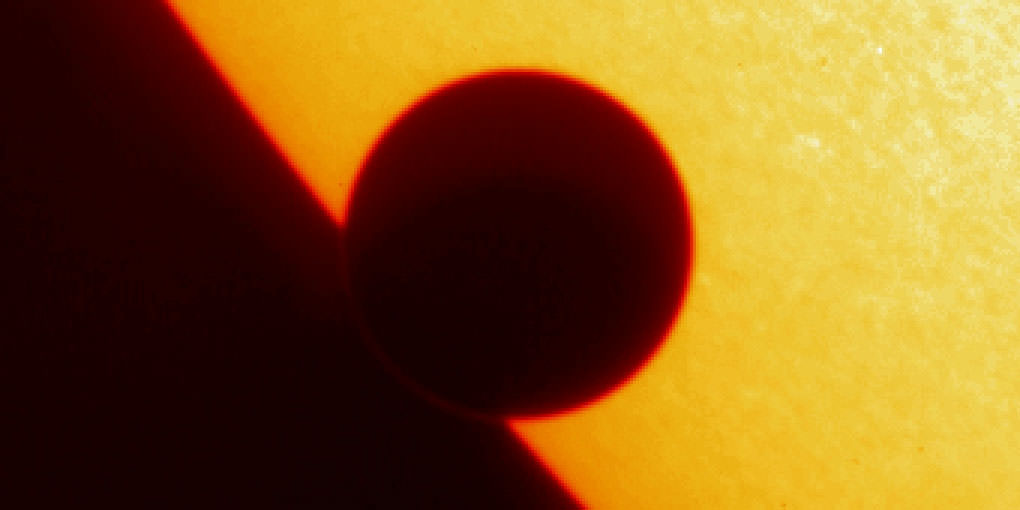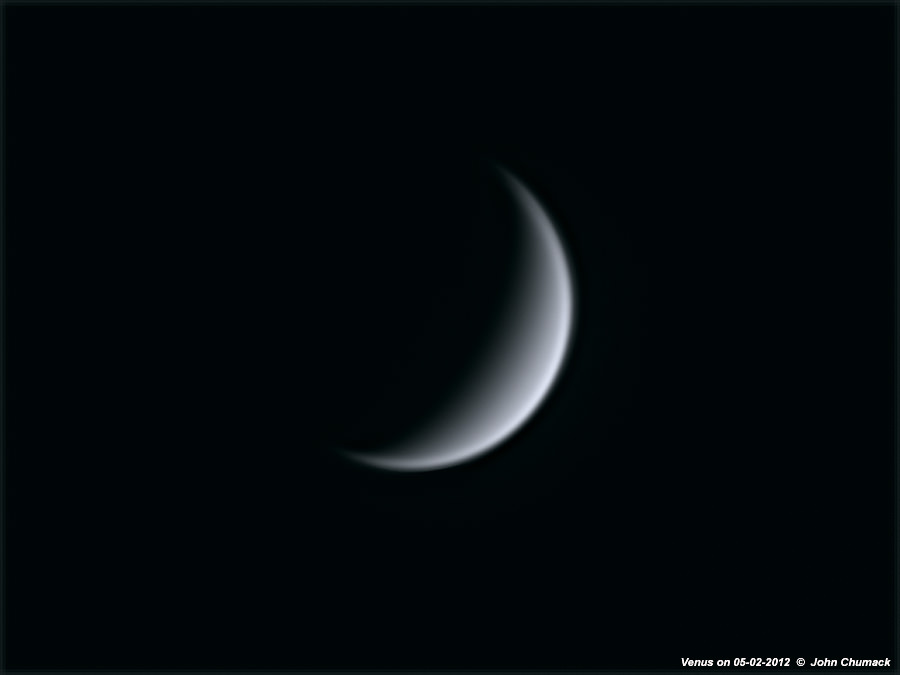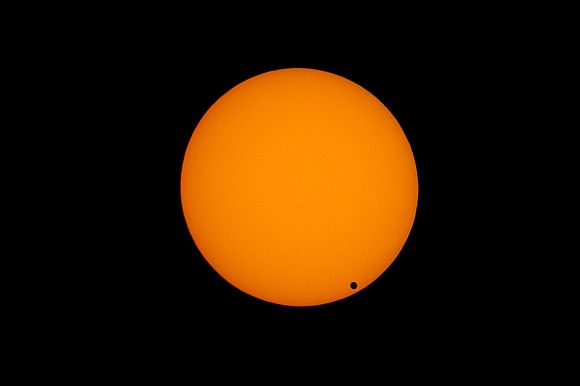[/caption]
There have been only six Venus transits since the invention of the telescope in the early 17th century. It was not until 1761 that the transit of Venus on June 6th was observed as part of the first ever international scientific observation project, instigated by Edmond Halley. Astronomers across the globe viewed the transit and the differences in their observations were used to triangulate the distance to Venus and, using Kepler’s laws, the distance to the Sun, the other planets and the size of the Solar System. Though the method used has not changed in the 251 years since, the equipment most certainly has.
For this transit, we have technology on our side.
In previous Venus Transits, expeditions were sent out far and wide and the 1761 transit was eventually recorded by 120 individual astronomers from 62 locations across Europe, America, Asia and Africa. They used only the simple telescopes of the day, fitted with dense filters, a pendulum clock to time the transit and quadrants to determine their exact latitude and local time. It is hardly surprising that their observations varied widely. Their calculations put the Sun’s distance between 130 and 158 million kilometres.
Transits happen in pairs. After 121 years a transit occurs followed 8 years later by another, then 105 years pass before the next pair and then the pattern repeats. Prior to the transit of 2004 the most recent transit was in 1882. There were none during the whole of the 20th century! We now approach the last chance to view a transit in our lifetime, the next will not occur until 2117.
Luckily, we’ve got some newly developed technology to help make this the most-observed transit ever!
Astronomers Without Borders are part of the Transit of Venus Project to get as many people around the world to observe the transit and to participate in a collective experiment to measure the Sun’s distance. To this end they have produced the Venus Transit phone app, available to download free for both iTunes and Android. Once downloaded you can start to practice timing the interior contacts of ingress and egress using a simulation of the transit. This is not as easy as it seems, as the black drop effect makes precise timing tricky so practice is definitely recommended. The app will tell you how far out you are so that you can perfect your timing and it will also predict times of contact based on your location together with times of sunrise and sunset.
On the day of the transit, the app will record the exact GPS time and your location, which is sent to the global database. Afterwards you can access your data on the website’s map to edit your entry, and upload descriptions, text, images, or movies and view other entries as well. This transit will be visible over most of the Earth except for parts of West Africa and most of South America, so download, get practicing and become part of a once in a lifetime, global citizen science experiment!
Find out more at Transit of Venus




